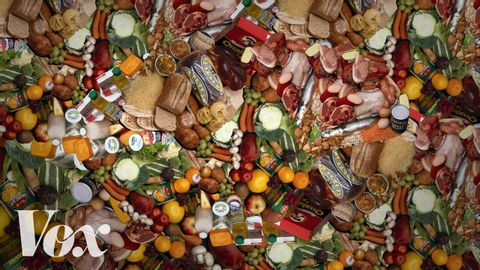生ゴミは世界で一番アホな問題 (Food waste is the world's dumbest problem)
Amy.Lin が 2021 年 01 月 14 日 に投稿  この条件に一致する単語はありません
この条件に一致する単語はありませんUS /ɛnˈtaɪr/
・
UK /ɪn'taɪə(r)/
- v.t./i.出場する;計算する;思う;思う
- n.姿 : 体形;数字;人物像;図表;著名人;姿の輪郭;数字
US /prəˈfaʊnd, pro-/
・
UK /prə'faʊnd/
- adj.考えが深い;深い;大きな影響力を持つ;深遠な
エネルギーを使用
すべての単語を解除
発音・解説・フィルター機能を解除

